A guide to the history and current trends of supersonic flight and air travel
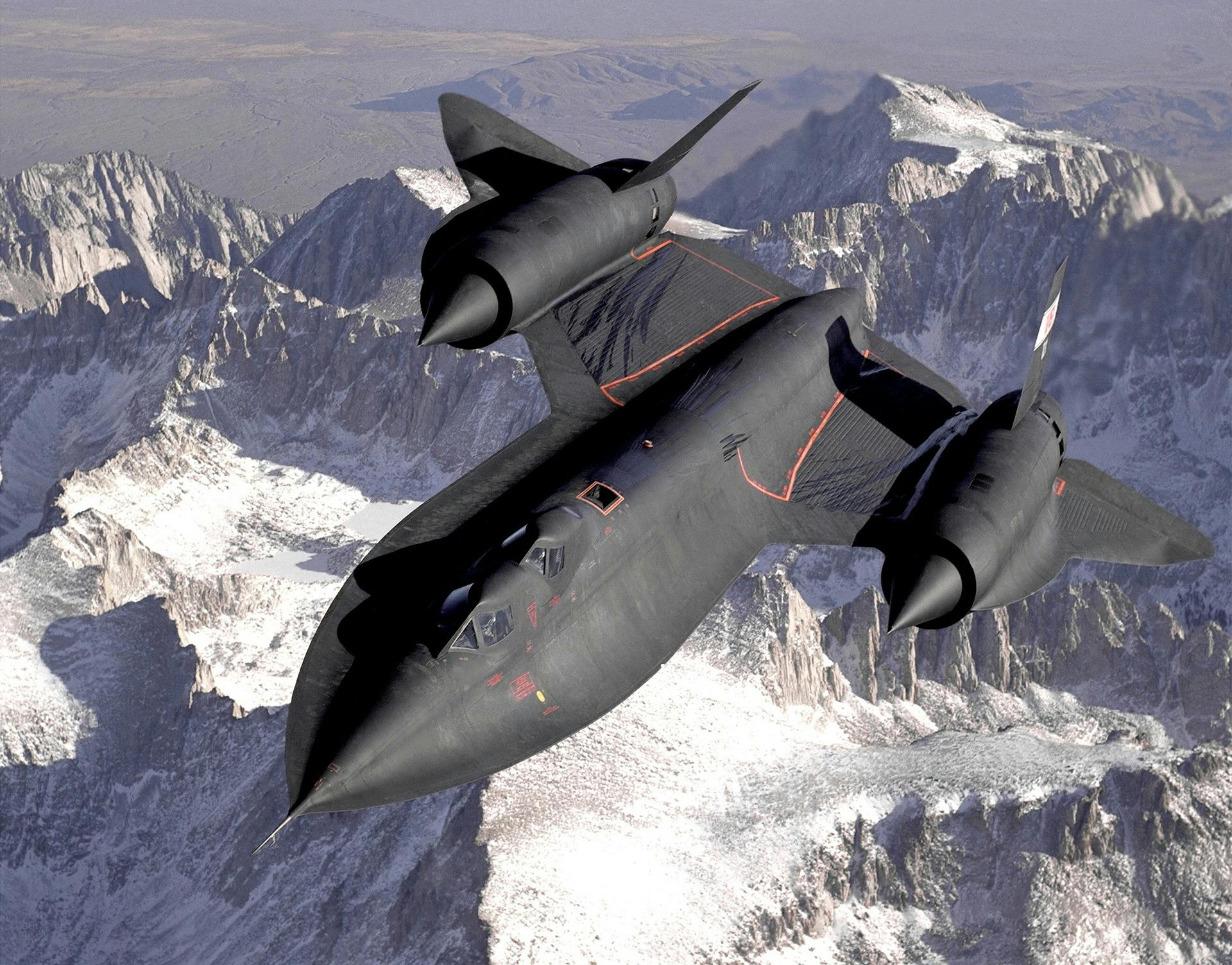
Anyone who has experienced the miracle of modern air travel, spanned vast oceans and continents in a few short hours in extreme comfort, and then complained about how long the flight took and how much of a hassle the trip was, will understand why there’s currently a renewed interest in supersonic passenger aircraft.
We are indeed spoiled as a species in this enlightened age, and we have gone from the first piloted flight in history to experiencing disappointment in the beverage service at 600 miles an hour, all in the span of 120 years. We’ve already built planes like the F-22 Raptor that can supercruise (fly faster than the speed of sound without afterburners) at Mach 1.5, but that’s a military air superiority jet fighter that costs north of $300M per copy and holds one person… with no room for a carry-on, much less some Diet Dr. Pepper and a neck pillow.
Well, if several new supersonic air travel startups have their way, we’ll soon have less to complain about. Let’s dive into some history of supersonic flight, some key moments and airplanes, and then we’ll clue you in on some of the main players in 21st-century supersonic air travel.
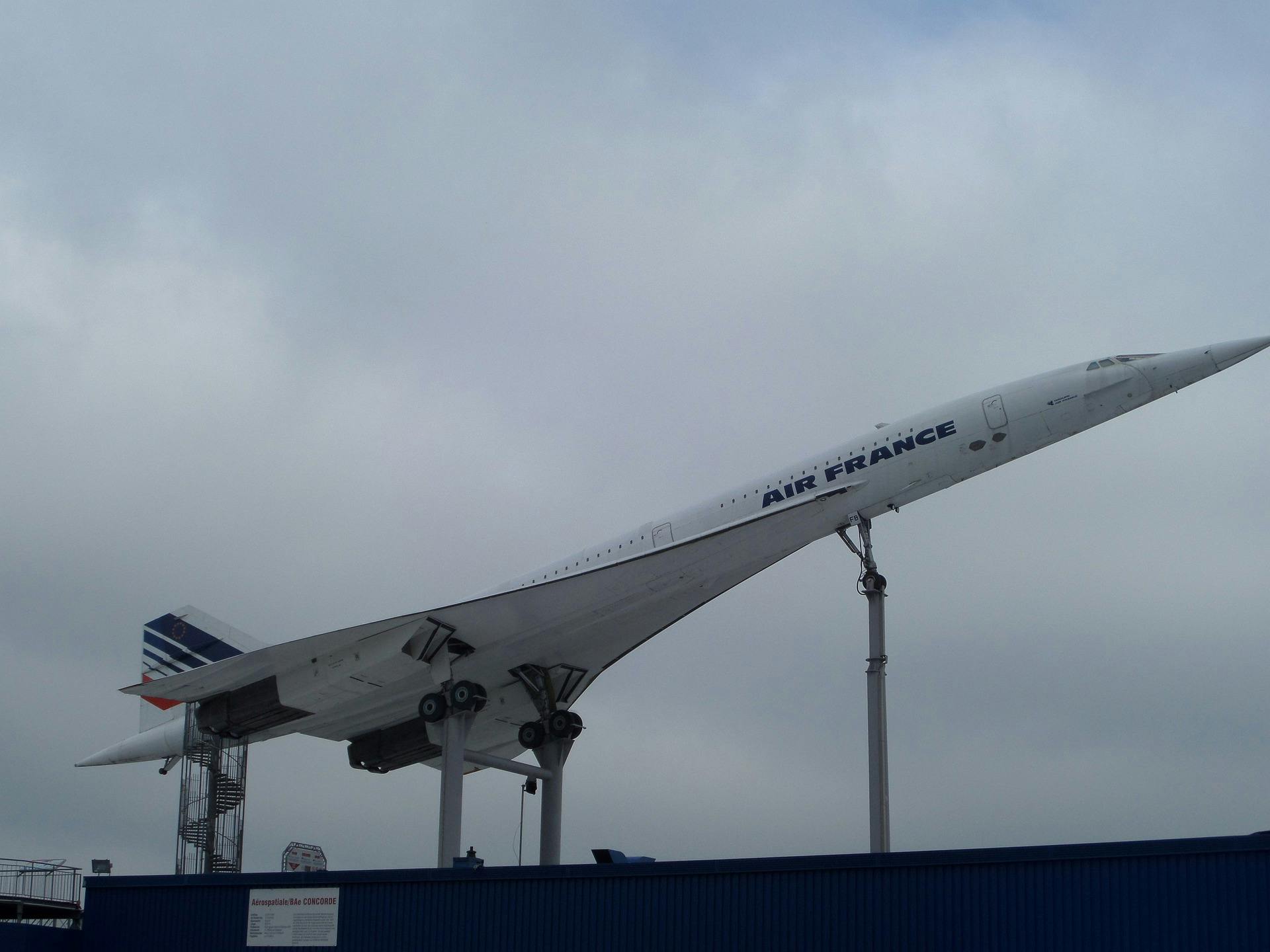
A brief history of supersonic flight and early learnings about the sound barrier
Fairly early in the history of aviation, deep thinkers began to wonder what would happen if airplanes became able to fly faster than the speed of sound. By the 1930s, test pilots and air racers had flirted with the sound barrier in dives, often with fatal results. They learned that air gets “harder” the faster you go, and begins to behave differently on control surfaces as air becomes supersonic, which can reverse the usual direction of controls. The tips of propellers also began to break the sound barrier, which caused failures and performance degradation, though the cause was not widely understood at the time.
HistoryNet explains, “A propeller blade or airplane wing passing through the air at roughly three quarters the speed of sound has accelerated flow passing over it at the speed of sound or even faster. Propellers lose their efficiency, and wings experience an abrupt decrease in lift and increase in drag. Turbulence streaming behind them buffets tail surfaces, sometimes causing catastrophic structural failure or reducing control effectiveness so that an airplane dives uncontrollably to earth. From the mid-1930s into the post-WWII era, a number of aircraft, typically new fighters, broke up as pilots overstressed them while attempting to recover from high-speed dives at near-sonic velocities. These included the Messerschmitt Me-109, Hawker Typhoon and Lockheed P-38 Lightning. Both prop-driven and newer jet aircraft were equally susceptible.”
During WWII and immediately after, several pilots claimed to have broken the sound barrier in a dive, but these claims were all evaluated to be inaccurate, caused by turbulence and problems with their airspeed indicators. Accurate measurements of propeller-driven aircraft set the practical limit without damaging the aircraft at about Mach 0.85, though one Supermarine Spitfire was flown in a dive to Mach 0.891, or a corrected true airspeed of 606 mph.
During WWII, the Germans claimed several times to have exceeded the sound barrier in shallow dives piloting Messerschmitt Me 262 jet fighters, but neither evidence nor eyewitness accounts support those claims, and modern analysis of airflow over the surfaces of the control surfaces suggest that the jet was unlikely to be capable of breaking the speed of sound and remaining controllable.
In 1942, the British began to develop a top-secret aircraft with Miles Aircraft company, intended to break the sound barrier. The turbojet-powered aircraft was known as the M.52, and although it didn’t achieve its goal of breaking the sound barrier when piloted in level flight, the learnings from these experiments were key to the eventual solving of the control problem. The Miles M.52 pioneered an “all-moving” tail, in which the entire stabilizers would pivot rather than having hinged control surfaces at their rear. This allowed control amid the shockwave cone produced by supersonic flight, and the system was adopted by Bell in their experimental XS-1, later known as the X-1.
Though WWII flying ace and test pilot George Welch made a plausible claim to have broken the sound barrier on October 1, 1947 while flying a prototype XP-86 Sabre jet and witness reports and evidence from instruments strongly imply that Welch may have achieved supersonic speed, the flights were not properly monitored and are not officially recognized.
So the first officially recognized, piloted breaking of the sound barrier in level flight occurred on October 14, 1947, when Chuck Yeager piloted the rocket-powered Bell X-1 (using the “all-moving tail” design from the Miles M.52) to a maximum speed of Mach 1.06 (1,299 kph, or 807.2 mph). (The XP-86 officially achieved supersonic speed on April 26, 1948.)
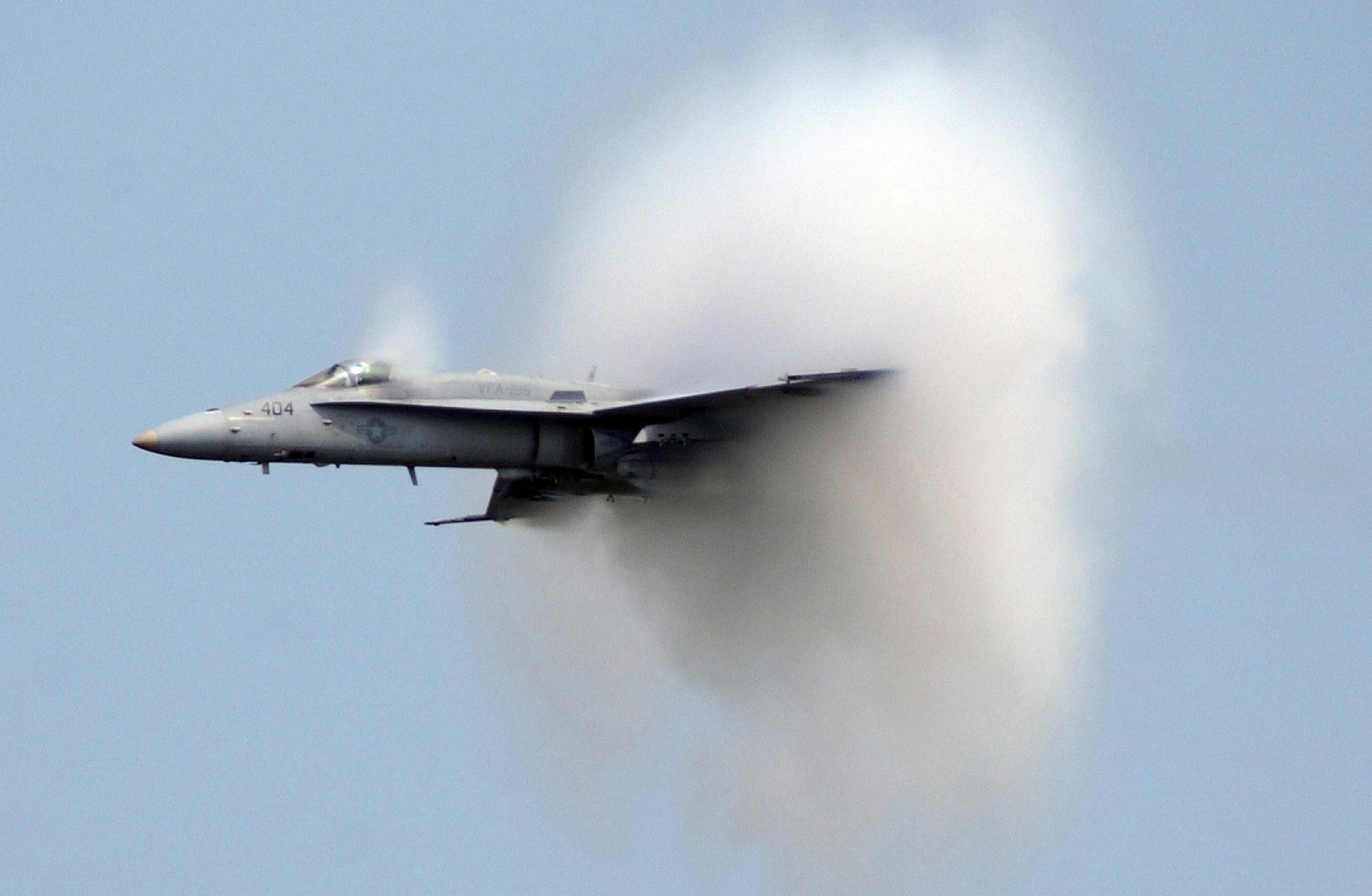
How fast is the speed of sound?
17th-century scientists figured out that they could measure the speed of sound by timing the difference between the observed visual flash of a gun to the sound of its report (muzzle blast) over a long distance on a calm day. They got reasonably close considering the crudeness of the experiments, but scientists were not able to get very accurate measurements until 1738, when the Academy of Sciences in Paris measured the earliest precise experimental value for the speed of sound at 332 meters per second—incredibly close to the presently accepted value of 331.29 meters per second at 0° C (1,086.9 feet per second, or 741.06 miles per hour at 32° F) at sea level.
However, in the places where most of the world’s population lives at sea level, it doesn’t often get to freezing temperatures. Why does this matter? Because the speed of sound varies depending on the temperature of the air through which the sound moves. Gas molecules move more slowly at colder temperatures, so the speed of sound decreases as temperatures decrease.
You might reason that the speed of sound should also logically be impacted by air pressure. Clever girl. However, in the Earth’s atmosphere, the chief factor affecting the speed of sound is the temperature. This is because, for a given ideal gas with constant heat capacity and composition, the effects of decreased density and decreased pressure of altitude cancel each other out, leaving only the residual effect of temperature. At a constant temperature, increased air pressure has no effect on the speed of sound, since air density will also increase, and since pressure and density have equal but opposite effects on the speed of sound, the two factors cancel each other out exactly.
Effectively, the upshot of all of this is that in the Earth’s atmosphere, the speed of sound in air is dependent solely upon temperature, and the speed of sound at sea level — assuming a more realistic air temperature of 59° Fahrenheit (15° Celsius) — is 761.2 mph (1,225 kph).
Between 35,000 and 65,000 feet, which encompasses the altitude that modern jet airliners fly and also the altitude at which the Chuck Yeager in his Bell X-1 first broke the sound barrier, the speed of sound at the typical temperature of -70° F (-57° C) is 295 m/s, or around 660 mph.
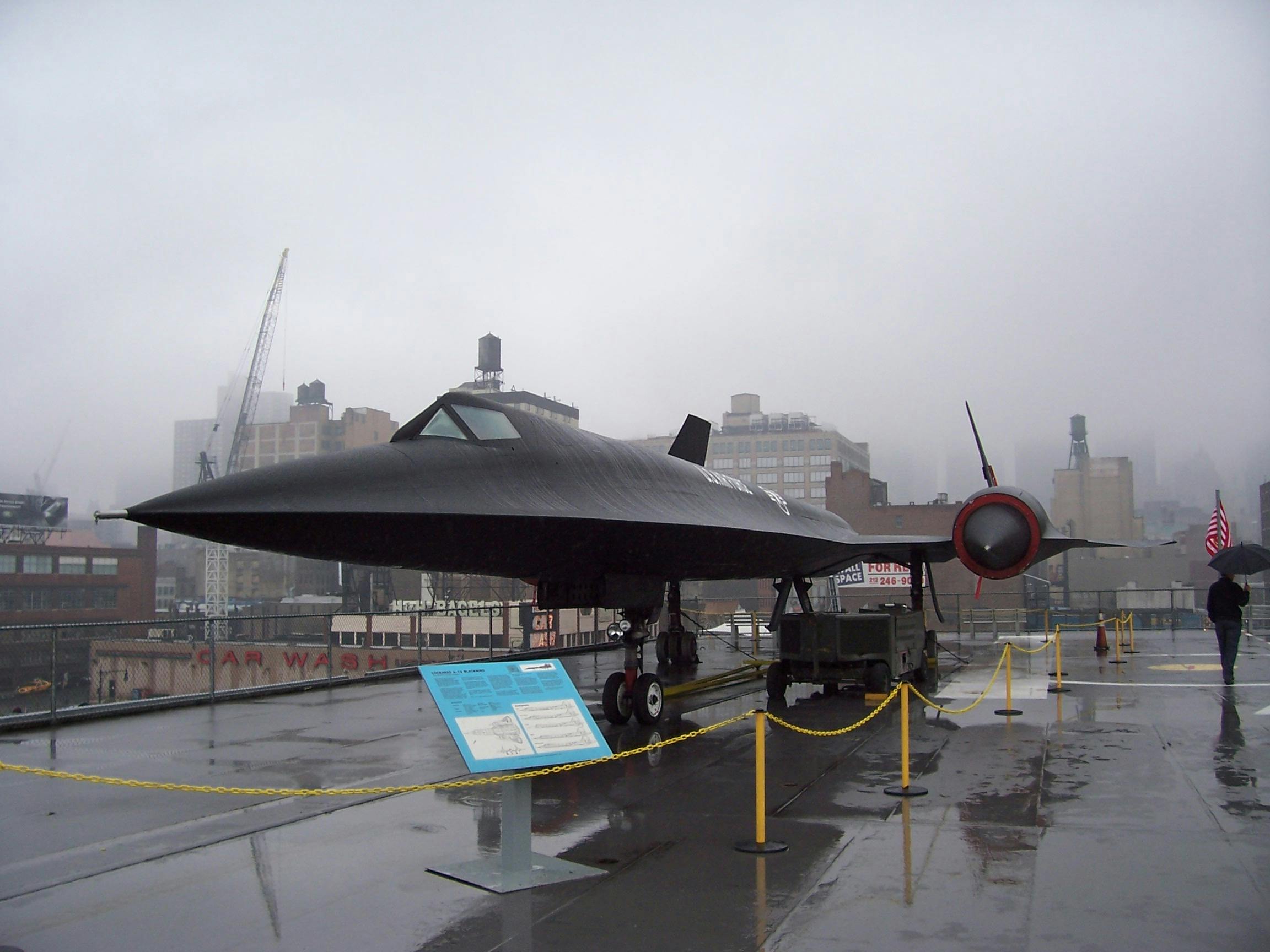
The SR-71 Blackbird and A-12 supersonic reconnaissance aircraft
After Yeager and the Bell X-1 broke the sound barrier, other aircraft quickly followed suit, and for a while there was a lot of interest in who was currently the fastest human in the fastest plane. These include the following milestones:
- Douglas Aircraft Co. D-558-II Skyrocket, first to break Mach 2, November 20, 1953
- General Dynamics F-111 Aardvark, top speed Mach 2.5, set a record for the longest low-level supersonic flight (172 miles at less than 1,000 feet altitude) November 1966
- Bell X-2 Starbuster, first to break Mach 3 (Mach 3.196), 1956 (pilot killed)
- North American XB-70 Valkyrie, Mach 3.08 maintained for 20 minutes on April 12, 1966.
- North American X-15, Mach 6.7 (the fastest airplane ever flown), October 1967
But undoubtedly the most famous supersonic jet ever operated by a government entity is the SR-71 Blackbird (the dual-seat variant flown by the USAF and NASA), along with the A-12 Oxcart (the single-seat, original “overflight” variant flown by the CIA). If you haven’t heard of the A-12, we’re not surprised. Those dudes still don’t like people to talk about it.
How fast was the SR-71?
The commonly reported top speed of the Blackbird is Mach 3.3 (more than 2,500 mph), though the SR-71 reached a top speed of Mach 3.4 during flight testing, and pilot Major Brian Shul reported he achieved a speed “in excess of Mach 3.5” (approximately 2,685 mph) on an operational sortie while evading a missile over Libya.
Though we may never know the fastest speed the SR-71 actually achieved, the SR-71 Pilot’s Operating Handbook has been declassified and is available online. The operating limitations section states that Mach 3.2 is the design Mach number, and Mach 3.17 is the recommended maximum cruise speed for normal operations. With permission of the Commander, Mach 3.3 could be achieved if the maximum Compressor Inlet Temperature (CIT) of 427° C was not exceeded.
Interestingly, the maximum speed of the aircraft was not limited by the airframe or air resistance, nor by lack of power, but by CIT. The Aviation Geek Club reports, “The maximum allowable CIT was 427 degrees Centigrade. Above that temperature, the engines would begin to burn up. On a ‘standard lay’ (temperature wise), the outside air temperature at the SR-71’s operating altitudes would be minus 56 degrees Centigrade. On one of those ‘standard temperature’ days, the CIT would reach the limiting 427 degrees as the aircraft was accelerated to Mach 3.2. If the outside air temperature was warmer than standard (say minus 52 degrees), the CIT would reach 427 degrees prior to reaching Mach 3.2. Conversely, if the outside air were colder than standard (say minus 60 degrees), the 427-degree CIT would be reached at a higher Mach number. There were occasions, especially when flying out of Okinawa, where the outside air temperature was considerably warmer than standard. If it was warm enough, missions might have to be aborted due to fuel considerations. The airplane was not as fuel efficient in warm air as it was in cold air.”
The iconic SR-71 flew its last flight (at least officially) on October 9, 1999, exceeding 80,000 feet and Mach 3.2 at the Edwards Air Force Base airshow.
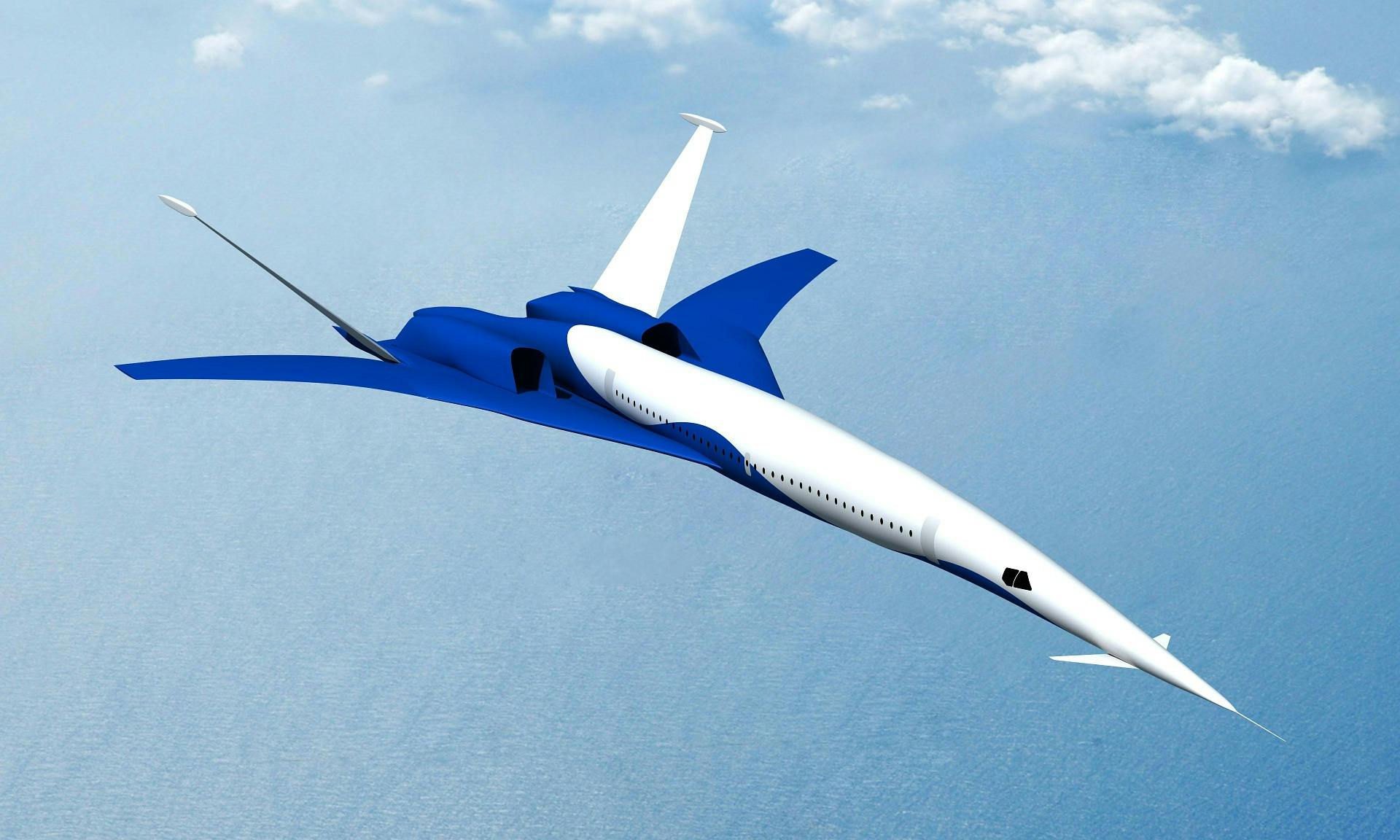
Concorde: spectacular supersonic success and tragic failure
While the SR-71 was top-tippity-top secret for a lot of years, and pretty much every other supersonic aircraft was built for military use, Concorde came along to change all of that. The Concorde was “the first major cooperative venture of European countries to design and build an aircraft,” according to the Encyclopedia Britannica. In late 1962, Britain and France signed a treaty to share costs and risks in producing the first supersonic transport airliner, or SST. British Aerospace and the French firm Aérospatiale were to design and build the airframe, while Rolls-Royce and France’s SNECMA (Société Nationale d’Étude et de Construction de Moteurs d’Aviation) developed the jet engines. The result was by all accounts a technological masterpiece. The Concorde made its first flight on March 2, 1969, and first carried passengers on January 21, 1976. The jet had a maximum cruising speed of 2,179 kph (1,354 mph), or Mach 2.04, allowing the aircraft to reduce the flight time between London and New York to about three hours. (Three hours?? But I want it now!)
Concorde got a lot of press at the time, and it was very prestigious to fly aboard her (partly due to the high cost of a ticket… by the 1990s, a one-way ticket across the Atlantic was about $6,000). British Airways says their Concordes made just under 50,000 flights and flew more than 2.5 million passengers over the aircraft’s life span. However, the development costs were never recouped, planes were rarely full of passengers, and the venture was plagued with financial problems almost from the start. Add to that the complaints of broken windows and other damage caused by the supersonic booms where the Concorde flew over land, along with other noise complaints near airports, and the Concorde began to lose its luster. A fatal crash on takeoff on July 25, 2000, which killed all 109 people on board and 4 people on the ground, was the last straw for many people.
After the investigation (which found that metal debris dropped on the runway by another plane popped one of the Concorde’s tires, which then flew into an engine intake), Concorde jets went back into service in November 2001, but a series of minor problems prompted both Air France and British Airways to end Concorde service permanently in October 2003.
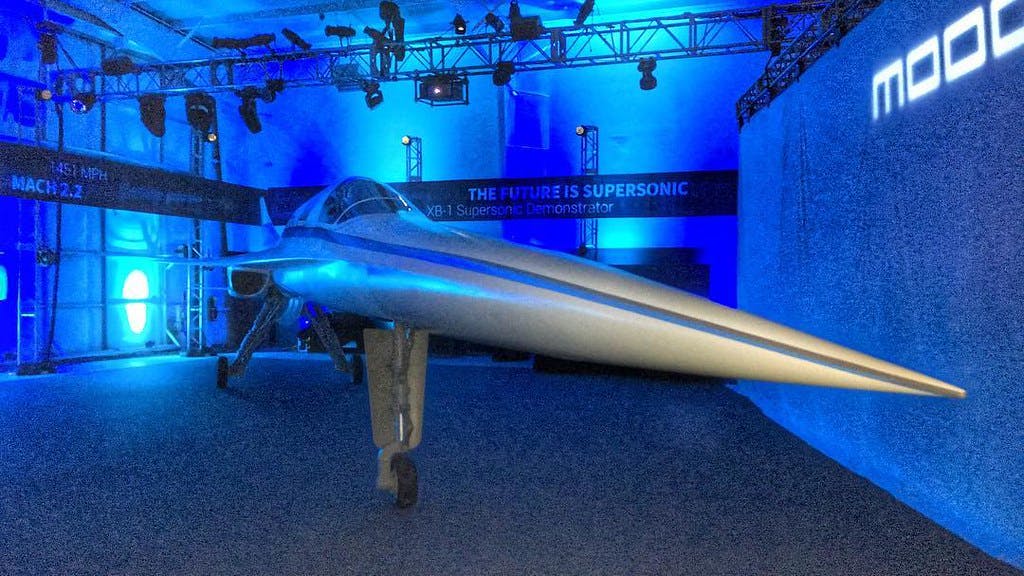
Boom Aerospace and other new supersonic startups
As we learned with the Concorde, supersonic transport over populated areas is problematic because of the resulting sonic booms that occur when the shockwave hits land. This is one of the many factors that brought Concorde to its knees, to say nothing of the price of a ticket. But now several companies are aiming to change the way people think about supersonic passenger aviation. For example, Boom Aerospace are targeting the 2029 launch of a supersonic passenger jet that can (if the press releases are accurate) supercruise on 100% sustainable fuel at Mach 1.7.
There are several other new venture-backed firms such as Venus Aerospace, which is making bold claims of Mach 9 “Hypersonic Spaceplanes” able to connect any two cities on the globe in an hour. Exosonic says their future passenger jet will fly at Mach 1.8 and provide low-boom supersonic travel at the price of a regular passenger ticket (we’d love to see that). Lockheed Martin and NASA are working on the QueSST X-59 concept, which aims to provide breakthroughs in quiet, supersonic transport over land.
But Boom Aerospace is taking a more practical (and we think more likely) approach in their Overture supersonic passenger jet design, planning to fly at just under the sound barrier when over populated/land areas and at up to Mach 1.7 when over oceans.
Boom is probably the frontrunner in the 21st century rebirth of supersonic passenger jet transportation at this time, even though the Overture still hasn’t actually been built. They are currently planning construction of an “iron bird,” which is essentially a non-flying model of the Overture, in Centennial, Colorado. This structural representation of the aircraft allows testing of the integration of each of the aircraft systems — software and hardware-in-the-loop, flight controls, hydraulics, actuators, load systems, avionics, wiring, and landing gear — to make sure they function properly together. It’ll be a full-size model of the aircraft with similar structure, but won’t be built exactly the same since it doesn’t have to fly. So it doesn’t need pressurization, load-carrying capability, or even an outer skin like the Overture will eventually have.
Boom has a planned 2024 commencement of production aircraft construction in their North Carolina superfactory, and says both United and American Airlines have submitted orders for Overture jets.
Still, the Overture could at this point be termed vaporware, since it only exists in the engineers’ minds and software programs. Boom has built their first actual aircraft (though not a passenger plane), the XB-1, which they call “history’s first independently developed supersonic jet” and is stated to be capable of “breakthrough supersonic speeds.” However, the XB-1’s first flight is still planned for “Fall 2022.”
For now, I guess we have to make do with the pathetically slow, 600-mph jet airliners that can take us four states away in an hour or two for $150. What a ripoff.
–By Jeff Davis, Intergalactic Scribe
Sources:
https://www.engineersedge.com/physics/speed_of_sound_13241.htm
https://en.wikipedia.org/wiki/Speed_of_sound
https://www.britannica.com/science/acoustics/Measuring-the-speed-of-sound
https://www.livescience.com/37022-speed-of-sound-mach-1.html
https://www.historynet.com/supersonic-revolution/
https://www.sr-71.org/blackbird/a-12/
https://migflug.com/jetflights/the-10-fastest-aircraft-in-the-world/